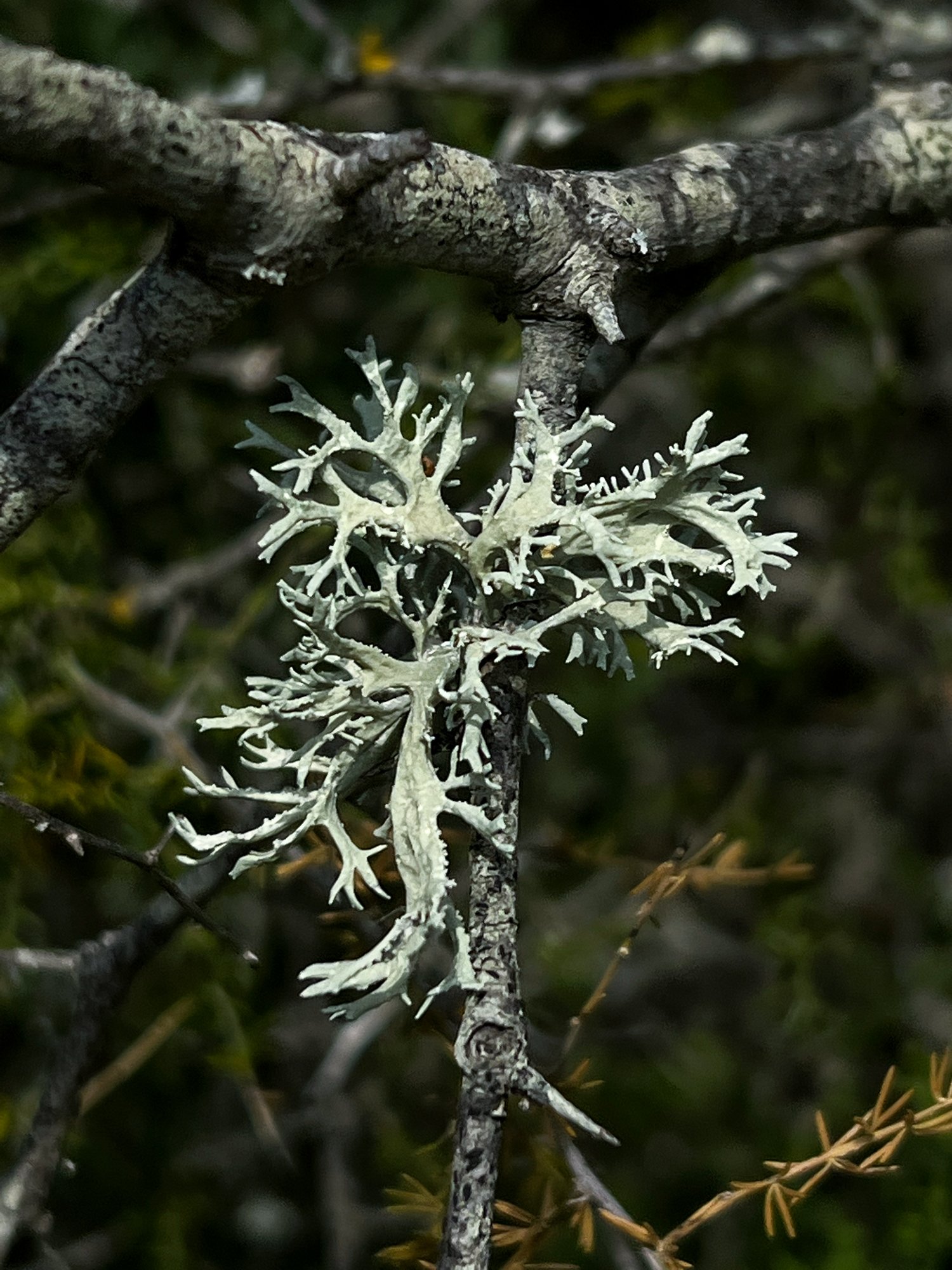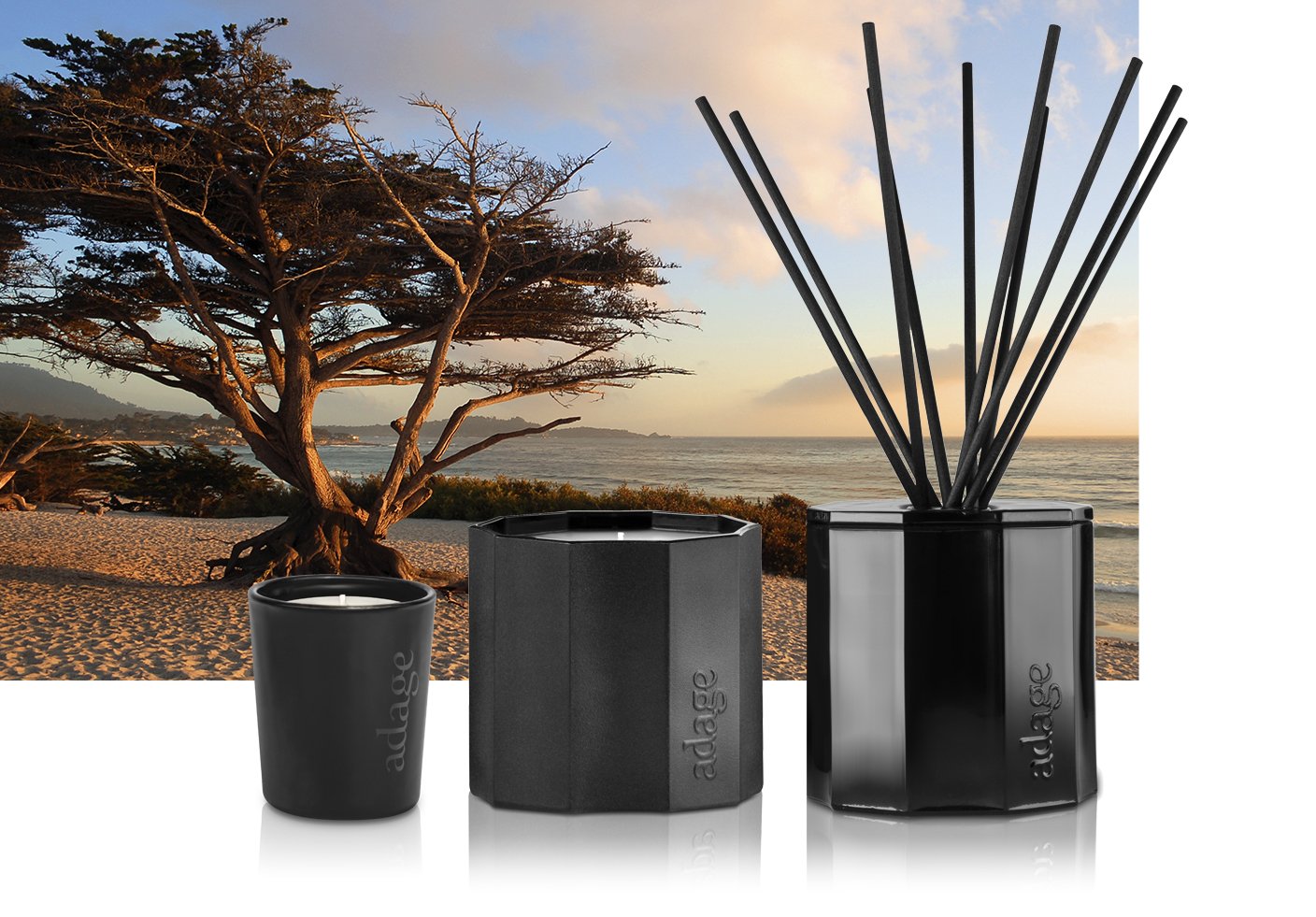Diving into Watery Notes
Taking note of what inspires us…
You hear a lot about “aquatic fragrances” this time of year but what does that actually mean?
It’s the height of the summer and those most fortunate who have access to the seaside, ocean, lake (or even a kiddy pool) can get a good whiff of cool, watery scents. Whether they’re briny or soft, aquatic notes are varied but are equally employed to create many modern perfumes.
ph. Shifaaz shamoon







